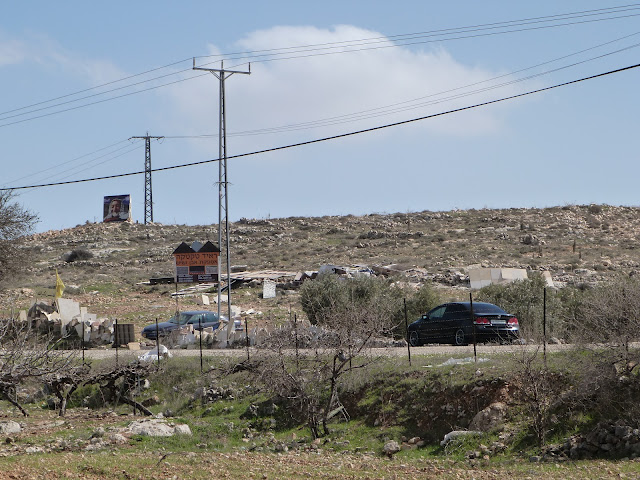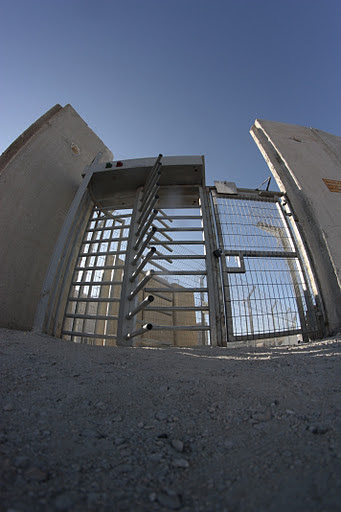Tag: Apartheid Wall
-
Al Ma’asara: House on the seam of looming Apartheid Wall becomes center for peaceful resistance
by Aaron 14 February 2012 | International Solidarity Movement, West Bank There is a place where a ground-level concrete line runs beside a country road through olive orchards, grape vines, blossoming almond trees, and homes—all Palestinian. This is the projected path of a new segment of Israeli Apartheid Wall through Al-Ma’sara, a small village 13…
-
Celebrating heroes and olives: Qaryut begins to dismantle roadblock
by Aaron 5 February 2012 | International Solidarity Movement, West Bank Hundreds of peaceful demonstrators confronted heavily armed Israeli soldiers this Friday, February 3rd, at a new protest in the village of Qaryut, planting nearly one hundred trees and partially demolishing the roadblock that has obstructed access to the highway since the First Intifada. Although…
-
Shu’fat: Forced to pay taxes from behind a checkpoint and wall
by Jenna Bereld and Samar 19 December 2011 | International Solidarity Movement, West Bank On December 18, 2011 residents of Shu’fat and activists protested against the separation wall in front of the new checkpoint. A certain loss of demonstrators was noted, since thirty-five organizers were arrested yesterday by Israeli policemen in their homes in the…



